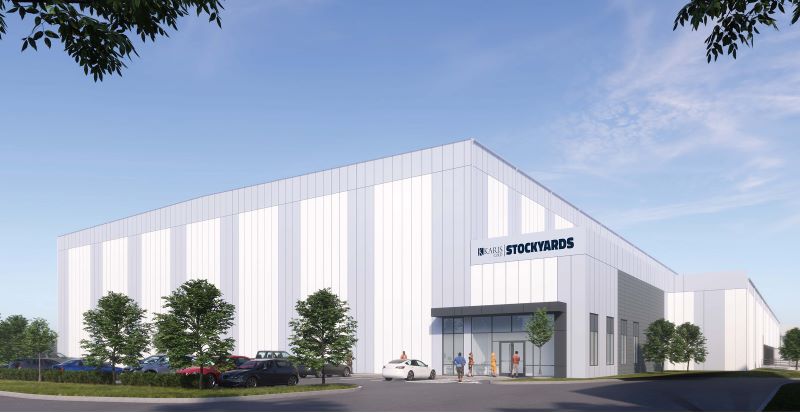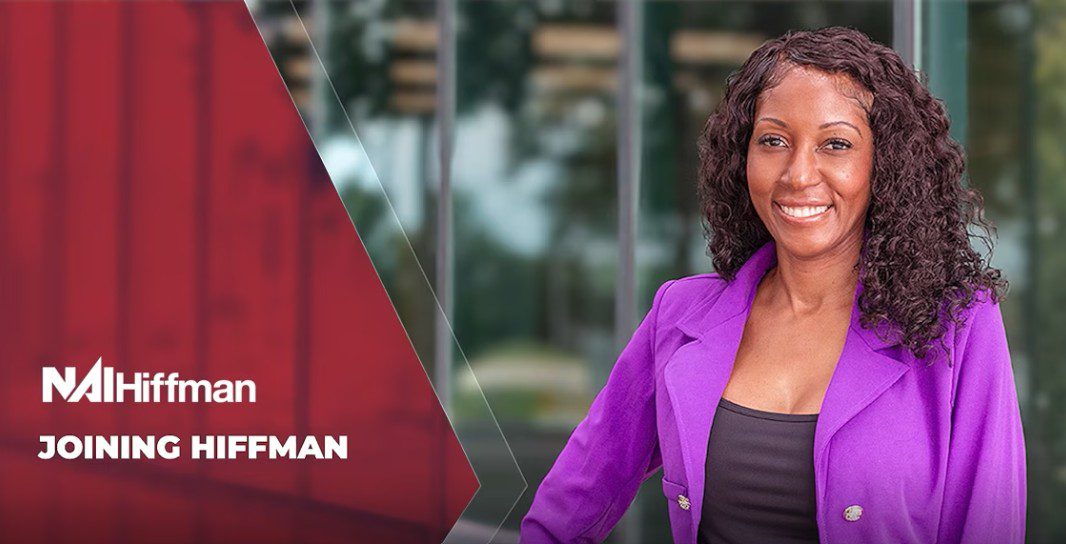November 2013
Omnichannel retailing strengthens the supply chain

By: Adam F. Marshall
As technology evolves, it provides more efficient ways to sell and deliver products to consumers. Known as “bricks and clicks,” omnichannel retailing refers to a platform that brings together all “omni” points of sale including traditional stores, online from home or mobile devices and social networking. It allows flexibility for customers to shop and purchase items based on their individual buying preferences. More importantly, these goods can be delivered to the customer’s doorstep within days.
Companies will compete in omnichannel retailing based on the strength of their supply chain. If a product is not delivered to the customer when and where they want, that customer can easily find a competitor that satisfies their demand. To integrate these various points of sale, retailers or their third-party logistics providers or vendors are shifting inventory to distribution centers able to deliver the fastest shipping time to consumers at the lowest cost while also supplying and managing inventory to traditional retail stores. In the omnichannel retailing environment, the old model of bulk warehousing to retail stores is replaced by new E-Commerce fulfillment centers able to adapt quickly to inventory needs and respond with direct-to-customer shipping.
Product handling is the most impactful way to improving the supply chain model. Companies are adopting new technologies for efficient inventory control and visibility throughout the supply chain. For instance, the use of Radio Frequency Identification tags now expand beyond bulk product labeling to individual products. This precisely tracks its exact location from distribution center aisle, to store shelf or customer’s home and everywhere in between.
More importantly, distribution facilities redeploying this inventory now have new specifications and are referred to as E-Commerce sorting and fulfillment centers. A fulfillment center accepts bulk product and reorganizes it into individual order fulfillment with the ability to ship to retail stores and customers directly within two days. Common attributes for locating these fulfillment centers are near major population centers with access to interstate arterials, air cargo hubs, ports or rail and labor. They also need to be within proximity to FedEx or UPS hubs.
Ware Malcomb architects designs E-Commerce fulfillment centers for major retailers throughout the country. According to Cameron Trefry of Ware Malcomb, “typically companies are spending a lot more per square foot on E-Commerce facilities to push efficiency levels through the roof by building upward of 40’ clear ceiling height to provide more cubic volume of storage per square foot.”
Another big change in design, Mr. Trefry notes is “providing generous car parking ratios, over twice the typical 1 per 1,000 square foot standard car parking requirement for distribution facilities.”
This is to accommodate the significant amount of employees needed to break down larger shipments into smaller customized shipments by hand.
Mr. Trefry believes that “as the facilities become more complex to provide more efficient product handling, there is no reason to believe these trends will not continue over the next several decades.” Some additional design trends include:
- Multilevel mezzanines in the warehouse for modern automated storage and retrieval systems.
- Single load 600’ depth design to separate employee parking from truck docks.
- On-site trailer parking at a minimum one-to-one dock per trailer ratio.
While technology creates new efficiencies in selling products, the supply chain — mainly well designed and managed E-Commerce fulfillment centers in key markets will drive this product into the hands of happy customers. All companies entering into this new era of omnichannel retailing must analyze their current distribution model to ensure flexibility and capability to quickly and cost effectively deliver products from manufacturer to consumer through multiple channels. To be sure, the supply chain continues to become more seamless and complex. Those unwilling to change or too late to the game may be stuck with a big box full of bulk inventory going to empty retail stores.
Source: Daily Herald Business Ledger


